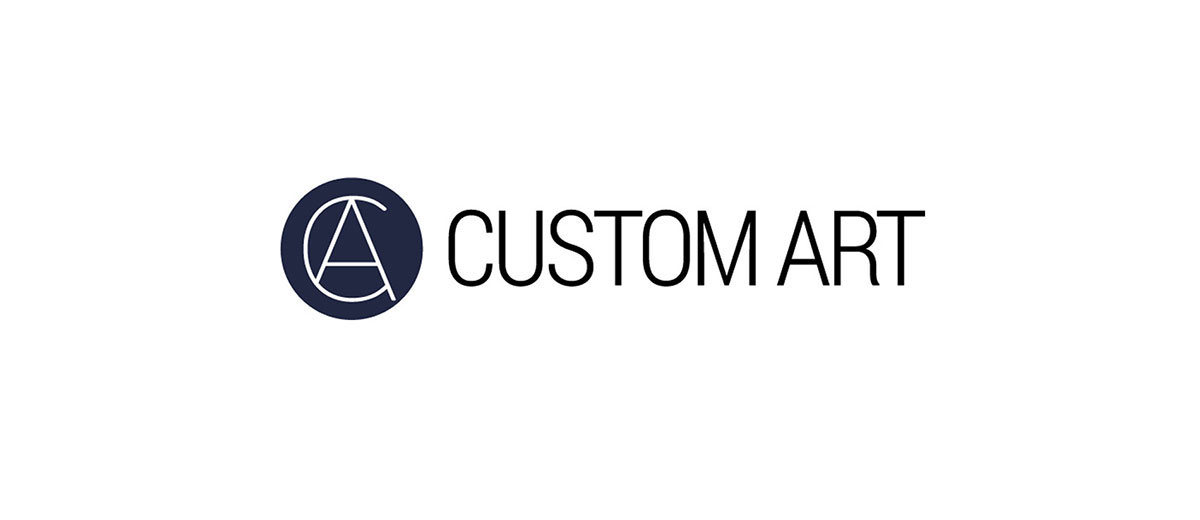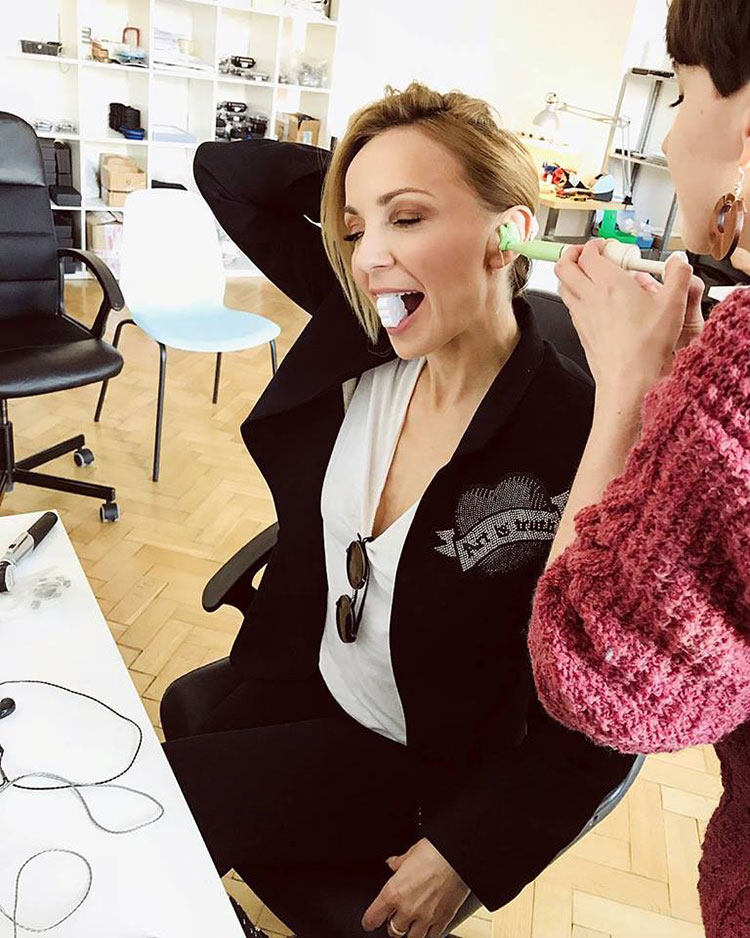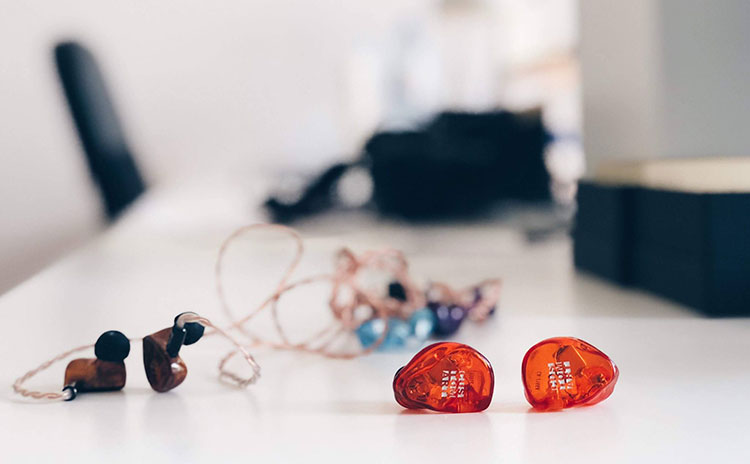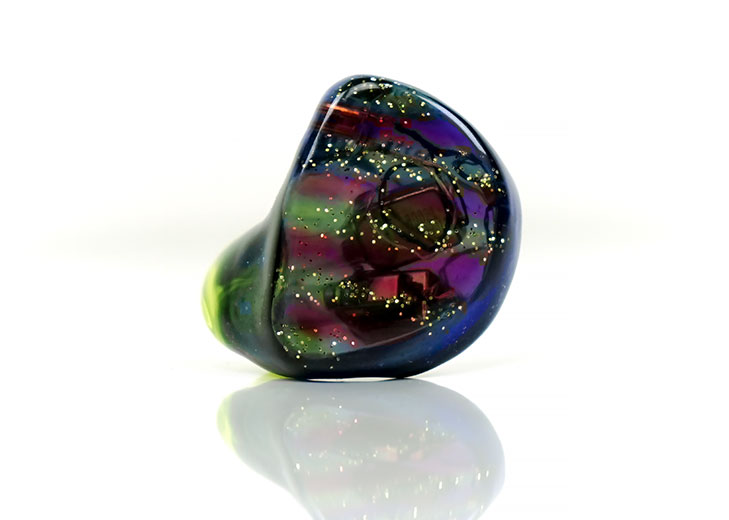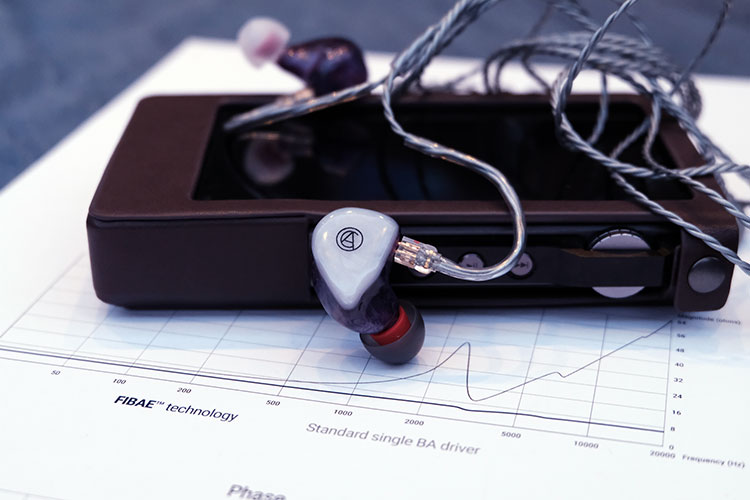Our Business In Audio series is a set of interviews where we delve into the challenges of growing and developing a company in today’s audio market and economy. This is a slightly different slant to the usual product focused discussions. Here we are more focused on the people and the business challenges in staying relevant in a competitive and ever-changing environment. The companies we will speak to are from all around the world and both big and small. Our first company is the very popular Custom Art from Poland.
Background
Custom Art was established by Piotr Granicki in 2012. Previously Piotr was an avid member of Head-fi and could often be found reviewing and making comments on the state of the earphone industry and specific product reviews. Such was his interest he decided to branch out himself and start making his own custom monitors.
Since 2012 Piotr has expanded the company with some notable milestones such as an 8 driver silicone custom monitors as well as his excellent FIBAE technology which we have reviewed in some detail over the past year or so. He is also quite a regular trade show attendee and we have met a few times now in Singapore. Quite the hardcore traveler at times!
As we sat down to discuss his business and the challenges he has had to overcome I thought it would be ideal simply to kick off and have Piotr explain in a bit more detail about how Custom Art came out.
“My name is Piotr Granicki, I’m the owner of Custom Art – manufacture of custom In-Ear Monitors. I began my audio hobby around 2008-2009 when I first got my entry level Balanced Armature (BA) IEMs. I immediately wanted to know more about BA technology and how it worked, but at the time there was virtually no information available on the Internet.
I started talking to BA drivers manufacturers, asking them questions etc. building my interested even more. I didn’t really think about starting a company back then (I was only 18) but I knew I wanted to be involved one way or another in this market. I started writing reviews of IEMs, headphones, and DAPs. It helped me understand sound better and I learned how to pay attention to certain sound qualities that are crucial for what constitutes good sound.
Over the time I got involved in “Home Made IEMs” thread on head-fi.org which is now like the Bible for starting (c)IEM makers and DIYers. I know this thread has produced few founders of well-known cIEM companies over the years – myself included.
In 2012 I reached a point in my life when I was fed up with my dead-end work and was still at University, I realized I had nothing to lose and everything to gain if I set up my own business. Granted, I had accumulated a lot of knowledge over the years and I had some ideas how to find my own place in the market. And that’s how Custom Art started – as a one-man show in my apartment bedroom with a whole lot of passion for in-ear audio. “
Market Challenges
Piotr since 2012 you have launched a number of milestone products into the audio market. What do you consider to be the challenges in launching these products?
“From my personal perspective, I’m always too anxious about how the product will be received by the market. I love the process of designing new products, though, this is what motivates me and drives my passion.
For the company itself, it’s the rapid influx of orders and inquiries that we need to cope with. It is also a matter of making sure that the production goes smoothly which requires some preparations and adjustments. It just has to be set up correctly.”
When you say how it will be received, do you have a particular target customer in mind? I mean, who is the typical Custom Art custom monitor sound that you think will be best received?
“In terms of sound I’m looking first and for most at a whole music experience. For my daily use, I tend to go for FIBAE 3 recently. Typically, I’m also listening on the go to some of the prototypes that are currently in development.
My personal favorite type of sound is fairly balanced with a little bit more bass over what is considered flat (but not too much), mids that are more forward and highs that are relaxed, smooth but very detailed. Coherence, soundstage, and emotions of the sound are really important too. I think Harmony 8.2 is the perfect example of my personal sound philosophy.”
Right now, as a business, which geographical and vertical markets hold the most traction with you? Is there a different pitch you need to work within each of your key markets?
“Since the beginning, we were first and for most focused on audiophile market and it still takes the majority of our sales. However, we have recently observed some shift an increasing number of professional musicians reaching out to us for endorsements.
Our monitors are getting high recognition within some of the hottest and up-and-coming European and US artists. We love that! I’m definitely excited about Custom Art venturing into the pro-audio market a little bit more. It’s different than the audiophile market and typically requires different marketing strategies, too. As for geography, the majority of customers for us still come from Europe and the US.”
Marketing Strategy
How significant or important do you think partnerships with other audio companies are in this day and age? Does secondary product marketing play a strong influence on how you approach your core product marketing? For example, cables or cables and IEM manufacturers.
“It’s quite important to partner with auxiliary companies that support your products – like DAP or cables manufacturers.
We always recommend customers products we strongly believe that are good and worth money. It benefits all sides.”
How much of a factor are personalities in driving a brands success? For example, Steve Jobs and Apple often went hand in hand. Is that something you believe in or do you prefer the product to stand on its own two feet?
“The personality behind the brand is a really big factor in how the brand is perceived by the consumer.
It’s quite universal in today’s markets – not only in electronics. It gives the brand a human element that’s important in building relations with customers. Showing that you care and go extra miles to make customers happy is appreciated in this industry quite a lot.
Custom Art was the first brand who put customer service and purchase experience as the top priority. My team and I love helping out our clients and answer their sometimes very specific inquiries.
That said a product has to defend itself too, you cannot just push garbage with a big smile on your face. Customers in IEM and especially cIEM markets are aware and conscious buyers. They are informed people who make their choice after hours of research. If your product (or brand in general) is subpar you’ll be called out by the community.”
Customer Feedback
How much of a factor are trade shows and meeting your customers in person when it comes to your product strategy?
“I can still remember my first CanJam. I was blown away by how amazing it was to meet with all the people I knew only by their forum aliases or email addresses. I’ve been known to exchange hundreds of messages with customers or forum members also on non-audio related subjects. I highly value those “e-pen-pals” and it’s great to put a face on the person who you only knew online.
Trade shows are also incredible opportunities to get some live feedback and discuss one-on-one about the products. It’s different from online forums when sometimes people are not as vocal or are actually afraid to speak frankly to not upset other users. In those conversations, I always try to look from the other person’s perspective and try to understand what sound he/she likes.
It’s important to me to understand that because it can influence our direction in terms of what products will be developed next. I like to address what customers are asking for in terms of product development.”
I see some companies work a lot with feedback from previous product launches? Is this a good thing or does it bottleneck new ideas that your market has never thought of before?
“Yes, we definitely do that. I closely follow the feedback we are getting on our products not only from reviewers, but also from customers. This is how Harmony 8.2 has been developed – the list of improvements set for that model over Harmony 8 and 8 Pro was incredibly long and gathered for well over a year. I’m happy to say I met all the goals and 8.2 has been well received by both audiophiles and musicians.
It’s definitely the hard way, though. It indeed narrows down your target and accomplishing it requires more hassle and work input. However, I find it more rewarding.It gives you a sense of progress – you keep the good stuff and improve on the weaknesses. In that way the bottlenecking effect might be actually good if you embrace it and start working through it – it might lead you to new developments and ideas which you might use in the next product.”
Product Focus
The perception in the market is that audio products are getting more and more expensive but the value proposition is dwindling. Would you agree with that or is the product itself becoming more expensive to make and market?
“IEMs are becoming cheaper and cheaper to manufacture actually. It’s unfortunate that prices are going way up for the market in general. I find it unfair to customers, especially if there’s very little innovation or artisan’s work behind the product.
Custom Art does not participate in price gouging or decreasing price/value ratio of our products. In fact our products are renowned for best performance in their price buckets.”
What was the product that made your name as a brand in recent history and why?
“Without a doubt, it has to be FIBAE (Flat Impedance Balanced Armature Earphone) technology. It has definitely put Custom Art in the spotlight. Flat Impedance is a revolution in how BA IEMs work and will be designed from now on.
Honestly, I think this is going to be the new industry standard because it immensely benefits customers by adding freedom in DAP/AMP selection. We are getting incredible feedback from our reviewers and customers on the FIBAE line up, and we are only at the beginning of launching the lineup. FIBAE top-of-the-line IEMs have to be the most anticipated Custom Art product right now.”
Future Trends
For 2018, what is the key product from your brand that will be focusing on?
“We are currently in process of replacing the old line up with new FIBAE tech equipped IEMs it’s a slow, but steady process. I believe there are still developments to be made and new technologies to be tested.
I don’t want to rush too much and miss something that could have been implemented if I waited longer. We want our flagship to be truly the flagship for years to come. “
For the audio market in 2018, what do you see as the next big thing or the rising trend? What are customers looking for in their audio products?
“In the past years we saw a big push on hybrid IEM designs (combining both BA and Dynamic Driver technologies) and while they are still relevant I think it’s safe to say they are no longer disruptive for the industry like they used to. Those are established designs and don’t bring anything “new” to the market.
We will be seeing new miniaturized technologies entering the IEM market that up till now were reserved only for full-size headphones and speakers. I also strongly believe there’s still an advancement to be made in Balanced Armature technology. Imagine that just twelve-fifteen years ago earphone industry had no drivers dedicated to IEM applications. At best those were slightly modified drivers used for hearing aids.
Now we have a variety of drivers dedicated solely for purpose of personal audio reproduction and development is far from over. 2018 will be definitely exciting for In-Ear Monitors’ industry.”
Final Thoughts
With that final crystal balling chat we closed up the interview. Honestly, Piotr has got me thinking about what is new in the market today in terms of driver technology. Certainly, I believe his philosophy of creating whilst retaining value, in part, has been adopted by a number of companies. Hybrid design prices are dropping rapidly, especially for universal. The cost of entry into hybrid IEMs for the consumer has never been lower.
However, at the same time, Piotr does have a point, that rising prices better bring something to justify the cost to the consumer. We are now in the era of the $2k, $3, $5 and even a $10k IEM. All of these TOTL products should be unique and be advancing the boundaries of what is possible in this industry. Otherwise, it is a “me-too” product.
If you want to find out more about Custom Art, the products they sell or just generally keep up to date on things you can find their website here and their Facebook page here.
If you want to read our specific CA reviews you can find direct links to them below. Thank you again to Piotr and the team at Custom Art for working with us on this feature and kindly allowing us to reprint some of their pictures as part of this interview.




